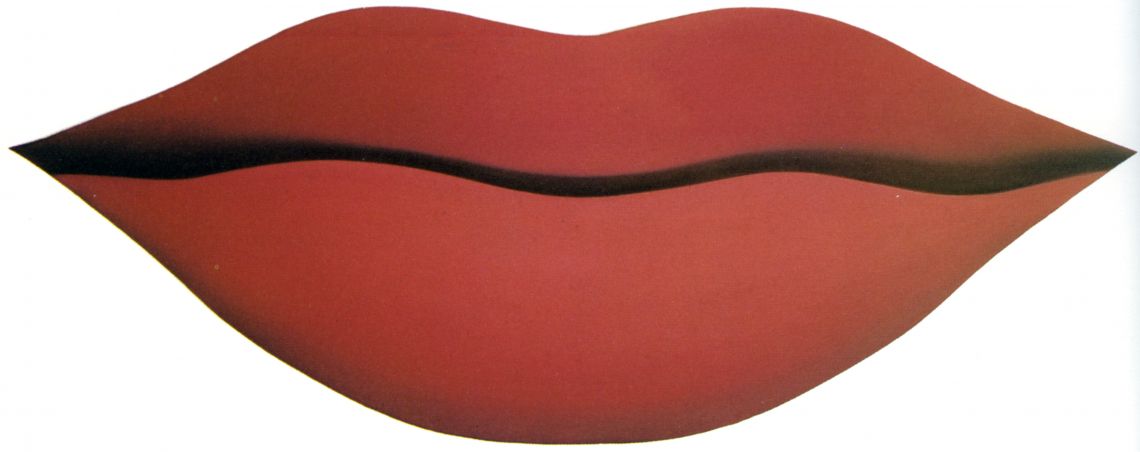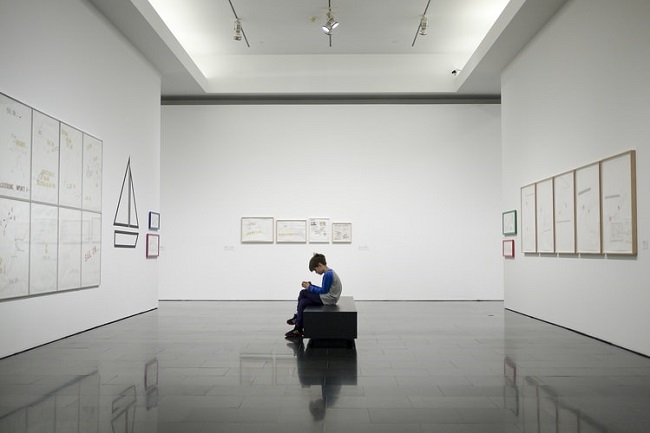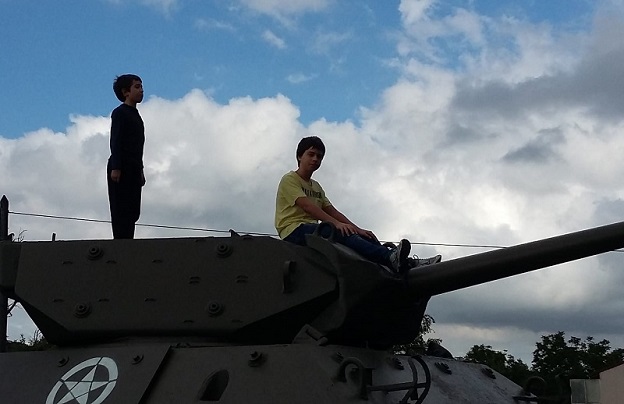Like many parents, I have taken my boys to the science museum, war museums, aviation, wax and, eventually when I say it’s my turn to choose, we go to an art museum.
It is a well-known fact that children get into the museums with no charge, in a plan to make sure that one day, as adults, they will come and revisit with or without their offspring. We long to have educated children, educated in all fields, with an appetite for life, and not only with what they learn at school, but everything else. Schools bring children to museums, but a school visit is different from a family visit. Parents make a bigger effort to make sure that the time spent in a museum is, really, acquisition of knowledge.
Museums are created to preserve history, and art is a popular choice as museums go. So we preserve and promote visual art.
What makes us appreciate life? Let’s take football. How does one become an expert in the field? By watching many matches, following every game, listening to all the press conferences. I must say, I am an absolute football failure, and I see football fans come to life when there’s an important match. Still, there isn’t a “Knowledge of Football” degree, and yet (oh my goodness!) so many experts.

What does football have to do with museums? For me, it’s all about cultivating the spirit, letting our spirit enjoy life, as long as we’re not hooligans in any way. Spirit, soul, the heart, consciousness, I know football sounds silly, but yes, for some people it is not and we have to respect that. Football has managed to win more hearts than Picasso.
Back to the humble museums and knowledge, we don’t need to be intellectual to enjoy a museum, we only need to understand it. Art snobbery has done some real damage to Art Museums, it’s made us think they are exclusive, and they are not. Nowadays, in schools, art history is something from the past. Changing towards a digital world where images are extremely important, Instagram, Snapchat, TikTok – art IS images, nevertheless. And in these days of confinement, there’s a great urge to create.
In Sitges, we get many, many schools visiting our museums. They mainly visit Cau Ferrat, as it represents the Modernism Period which is a very important period of history in Catalunya. We then visit the Maricel Museum as it’s next to it. Maricel museum examines Catalan art in general, it started as a private collection and expanded.

Now, think of boys that enjoy computer games with wars and strategies. We have the Great War very well reflected in the museum and you can show the war to them and pull the thread. We can start explaining that, during a war, there’s a parallel life in the cities, Paris, to be more centred in the First World War. Remember that after the first war, came the second. We came from the ashes, and art was great again; lots of creativity.
What was going on in Paris during the Great War?! Remember, it’s Picasso and abstract art, cubism, new ideas. When the war started to hit the French Capital, all the artists flew away from the city. Some left to the south of France looking for the sunlight, others left to the capital of the New World, New York. The explosion of art and artists in the Big Apple was exceptional, just like a Tomato Can Soup (1962) was turned into art, funny if you think about it, and yet there are many examples, enough to make you think of a visit to the great MoMa.
The same happened here in Europe, the artists picked up the revolution that started in Paris and spread all over Europe, these artists started to create in a very different way, more individualistic, as we do nowadays at home. We don’t know what to expect from a neighbour as we’re free to express ourselves. Will it be a drawing? A collage? Maybe they’re painting stones? Is it through images, or a video, whatever works is good. We accept it naturally.

That wasn’t always so, at first it was revolutionary. We have one of these examples in Sitges, who would’ve known! We have the Stämpfli Foundation. Here ‘s an example of what artists did, society like now, not always agreed what politicians did, and they expressed it. In France, they called this period Narrative Figurativism, just a complicated name for that moment where they want to create, with total freedom of expression, like now.
How can we explain to our children that a tire or its pattern can be turned into art? Well, just because it’s a time where cars are the thing, cars were new and exciting, they could take you anywhere, and Mr.Stampfli enjoyed the idea of tires. Think of all the places those tires can take you. Then Stampfli evolved and saw in the tires a pattern, and he turned the pattern into colors and then…well, just come and see why contemporary art is different to classic. Here, you need to look and feel, and the brain has to work a bit harder, totally worth it. Explain to your children, or just bring them, they will understand this art better than us, because they don’t complicate it. Contemporary art is not complicated.
Susana Preston, guide and visitors attention for Sitges Museums

Deixa un comentari